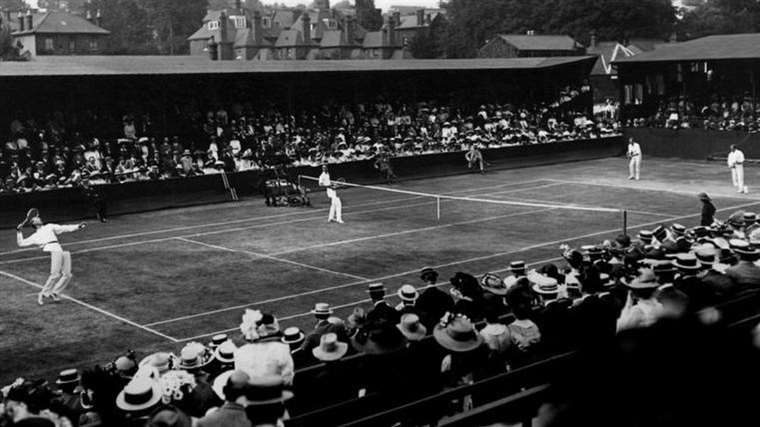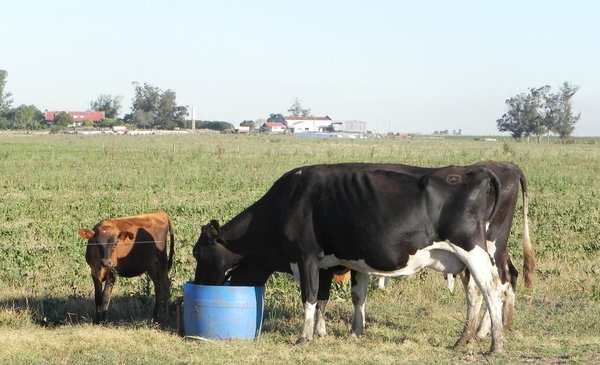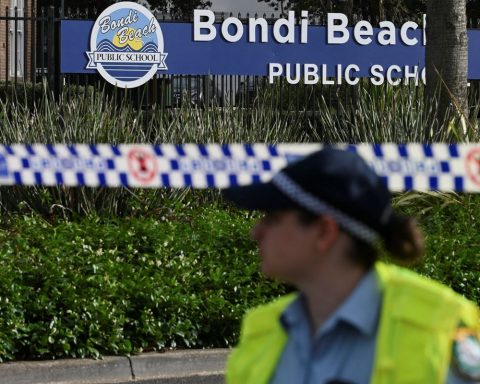July 9, 2023, 8:14 AM
July 9, 2023, 8:14 AM
One cold February night, under the cover of darkness, a woman sneaks up to the empty stands that surround the immaculate grass pitches.
In her bag she carries five cans of paraffin oil, a packet of wood shavings, and two boxes of matches.
Pick a spot, put your bag on the pitch and get ready to smash one of the UK’s most famous sports venues.
This is just one incident in a year of numerous protests at major sporting events to win support for an issue that divides the country and provokes anger on both sides of the argument.
The year is a question 1913.
Another item is found in the woman’s bag. It’s a piece of paper that says: “There will be no peace until women get the vote”.
————————————————– —
“The suffragettes are the largest domestic terrorist organization to ever operate on British soil, they have no equal,” explains historian Fern Riddell.
“They were on another scale compared to anything else. There were hundreds and hundreds of attacks, with hundreds of people in prison and nobody ever talks about it, ”he adds.
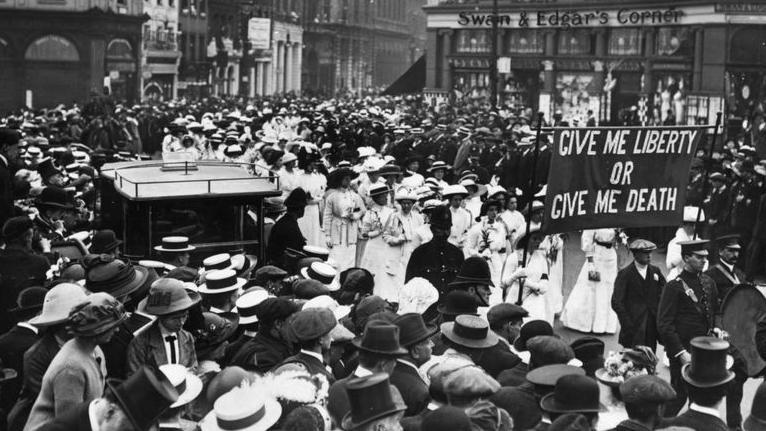
Their cause is better remembered than the methods they used to fight for it.
For many in the early 19th century, the idea of women having the right to vote in the UK was completely alien.
In 1831only a small part of British society (approximately 2% of the total population) could participate in the elections parliamentarians
The following year, the Reform Law extended the vote to more men, but explicitly prevented women from voting.
By the turn of the 20th century, after 60 years of peacefully protesting, handing out pamphlets, and politely asking the government to let them vote, many members of the women’s suffragette movement were feeling tired and frustrated.
“There were many people who did not support suffrage. Suffrage is a very complicated idea for a lot of people, strange as it may seem today,” says Riddell, author of Death in Ten Minutes, a biography of suffragette bomber Kitty Marion.
“The idea of women having the right to vote was not widely supported.”
The suffragettes then decided raise the bet
“Facts, not words”
When people think of suffragettes, they probably conjure up marches and banner protests, large gatherings with movement leaders delivering speeches to angry crowds, or women chained to a fence refusing to move.
And, until around 1909, that was what they did.
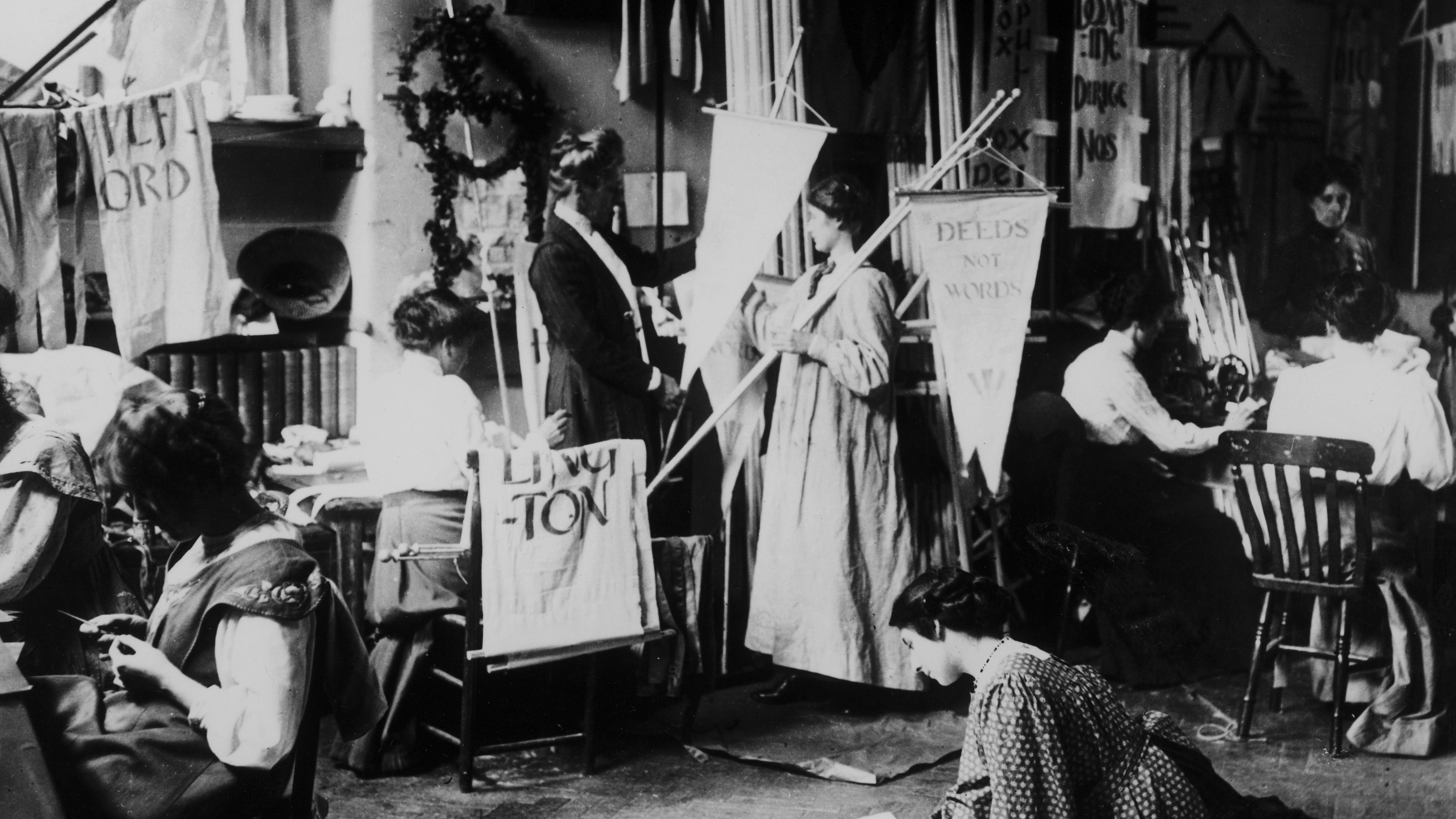
But the movement was changing. The Women’s Social and Political Union (WSPU) was formed in 1903under the command of emmeline pankhurst. His motto was “deeds, not words”.
And the movement quickly discovered that, having exhausted other avenues, violence was more persuasive.
Between 1912 and 1914, the suffragettes were the biggest threat to peace in the country, with cells all over the country.
They carried out hundreds of attacks aimed at causing as much destruction and disruption to daily life as possible.
Direct action included shelling the house of parliamentarians, placing explosives in mailboxes and carrying out arson attacks in public places such as trains and churches.
Whites were carefully chosen for their significance to British life, so it’s no coincidence that some of the suffragettes’ favorite haunts were the sports grounds.
“Sport is a huge part of British cultural life, if you’re going to focus on things to bring your cause to the common people, of course you’re going to target sport,” explains Riddell.
sports targets
The golf courses and racetracks they got the worst of it because they were often empty and poorly guarded and, along with other sporting venues, were predominantly men’s areas.
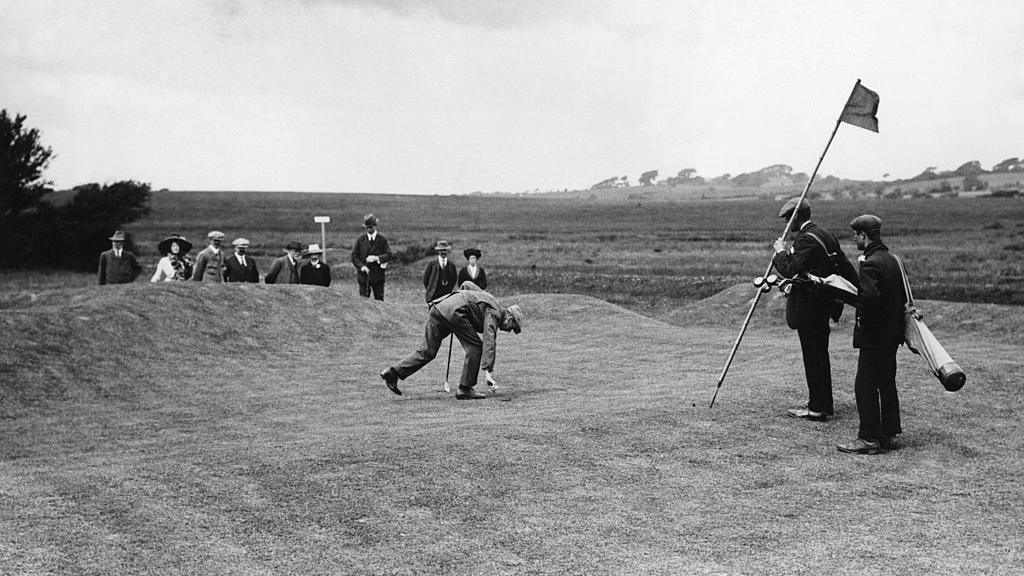
The bleachers were a popular target for the fires: they were large and the spectacle of a grandstand on fire was a guarantee of publicity.
A plot to burn down the stands of the Crystal Palace stadium on the eve of the FA Cup final failed to come to fruition, but an attack on the stands of a stadium in the Plumstead neighborhood was carried out, which generated at that time moment about US$1,300 in damages.
Many of these incidents have long been forgotten, but one has lingered in memory as a historic moment with a tragic ending.
It is believed that when Emily Davison stood in front of the King’s horse at the Epsom Derby in June 1913, she intended to adorn the animal with a suffragette banner as a statement and thus make the front page of newspapers al next day.
Instead, Davison died from injuries she received after being struck by the horse.
However, his actions paved the way for the movement’s progress.
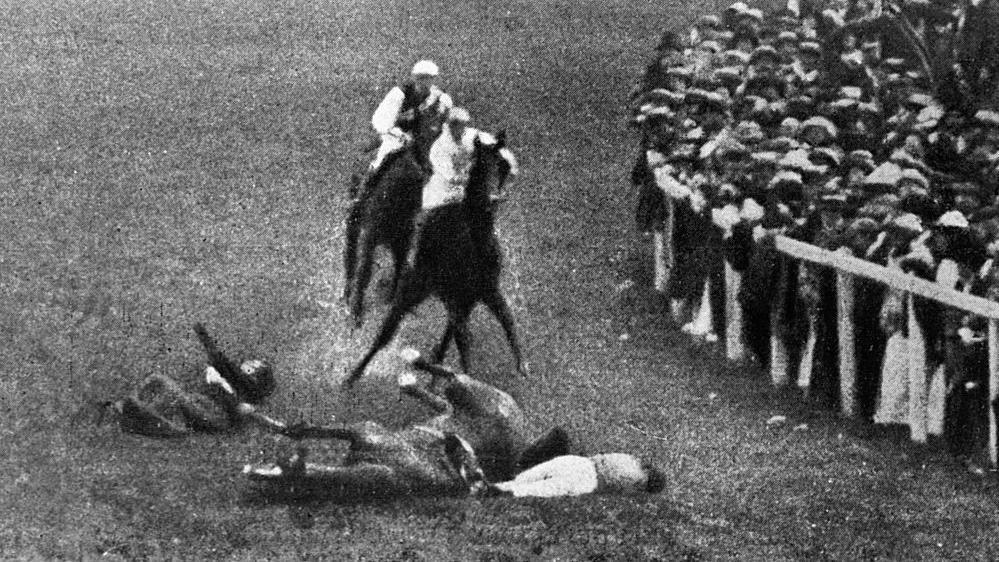
“Silent Suffragette”
Let’s go back to the night in February 1913 and the woman preparing to burn down one of the Wimbledon Center Court stands.
Gardener Joseph Parsons found the woman, and after she tried to run away and fell, he caught her and reported her to the police before she could do any harm. The attack was thwarted.
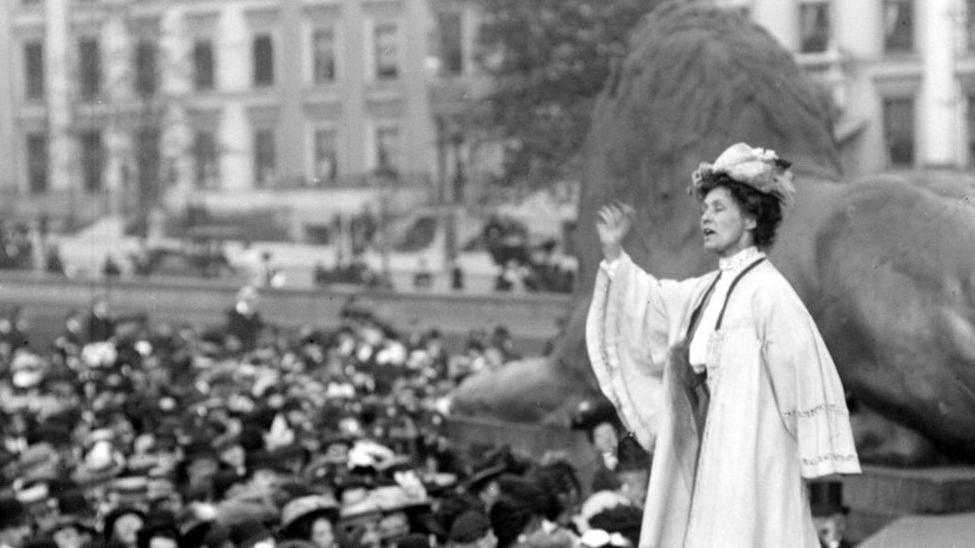
The unknown suffragette spoke only once, when she was charged at the police station.
“I object to being accused. I oppose being detained here.”
The woman appeared before the court, and did not give personal details: she did not reveal her name, nor her age, nor her place of birth. Her identity remains a mystery.
The woman, who according to the newspapers of the time was about 35 years, was sentenced to two months in prison. The gardener’s statement was enough to seal his fate.
Her silence in court earned her the nickname in some newspapers of the “silent suffragette”.
The identity of the mysterious suffragette will probably never be known, but her plot to burn down Wimbledon was one incident in a vast operation that spanned many years and dominated the discussion.
bombs and war
Finally, he broke into World War I and the bombing campaign was suspendedmuch to the dismay of many WSPU members.
But the suffragettes wanted to show that they could be reasonable and helpful, contributing to the war effort as an evolving strategy in the fight against inequality.

Women over the age of 30 were granted the right to vote after the war in 1918, but it was not until 1928 than british women won the right to vote on the same terms as menthat is, from the age of 21.
“The reason women have the vote today is partly because of those bombs,” Riddell says.
“When World War I ends there is a very clear risk that the suffragettes will start their bombing campaign again and that the government and the metropolitan police, who have failed to disarm that campaign, will not be able to understand who makes the explosives and from where. they come.
“They are unable to cope, they are terrified that the bombing will start again in a society that has been totally traumatized by the war.
“I don’t think the vote would have been achieved without the bombs, without the outbreak of war and the threat of the return of the bombs.”
The silent suffragette may not have been successful that night in February 1913.
He was on the wrong side of the law, but he proved himself to be on the right side of history.
*Reporting by Jess Anderson of BBC Sports.
Remember that you can receive notifications from BBC Mundo. Download the new version of our app and activate them so you don’t miss out on our best content.
